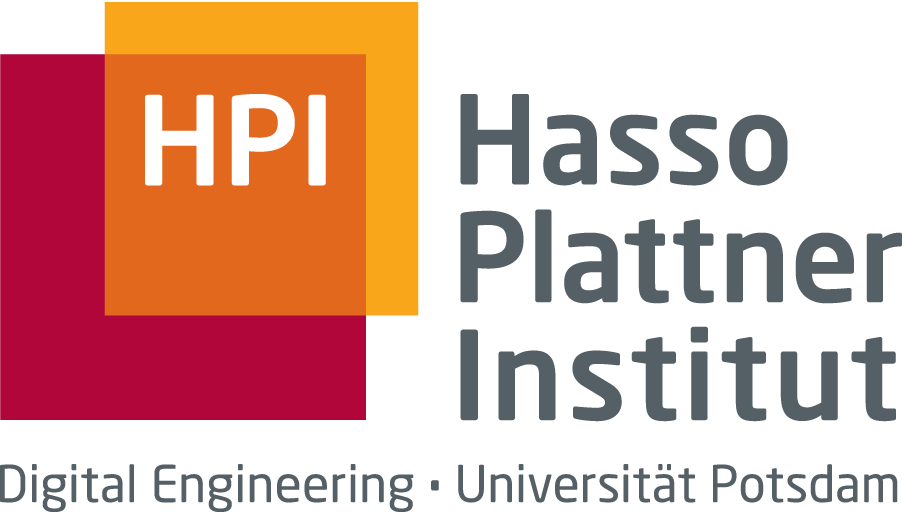
Interactive Photo Editing on Smartphones via Intrinsic Decomposition, Eurographics 2021
Interactive Photo Editing on Smartphones via Intrinsic Decomposition
Sumit Shekhar1
Max Reimann1
Maximilian Mayer1,2
Amir Semmo1,2
Sebastian Pasewaldt1,2
Jürgen Döllner1
Matthias Trapp1
1 Hasso Plattner Institute, Faculty of Digital Engineering, University of Potsdam
2 Digital Materpieces GmbH
Abstract
Intrinsic decomposition refers to the problem of estimating scene characteristics, such as albedo and shading, when one view or multiple views of a scene are provided. The inverse problem setting, where multiple unknowns are solved given a single known pixel-value, is highly under-constrained. When provided with correlating image and depth data, intrinsic scene decomposition can be facilitated using depth-based priors, which nowadays is easy to acquire with high-end smartphones by utilizing their depth sensors. In this work, we present a system for intrinsic decomposition of RGB-D images on smartphones and the algorithmic as well as design choices therein. Unlike state-of-the-art methods that assume only diffuse reflectance, we consider both diffuse and specular pixels. For this purpose, we present a novel specularity extraction algorithm based on a multi-scale intensity decomposition and chroma inpainting. At this, the diffuse component is further decomposed into albedo and shading components. We use an inertial proximal algorithm for non-convex optimization (iPiano) to ensure albedo sparsity. Our GPU-based visual processing is implemented on iOS via the Metal API and enables interactive performance on an iPhone 11 Pro. Further, a qualitative evaluation shows that we are able to obtain high-quality outputs. Furthermore, our proposed approach for specularity removal outperforms state-of-the-art approaches for real-world images, while our albedo and shading layer decomposition is faster than the prior work at a comparable output quality. Manifold applications such as recoloring, retexturing, relighting, appearance editing, and stylization are shown, each using the intrinsic layers obtained with our method and/or the corresponding depth data.
Results



Citation
Sumit Shekhar, Max Reimann, Maximilian Mayer, Amir Semmo, Sebastian Pasewaldt, Jürgen Döllner, Matthias Trapp
Interactive Photo Editing on Smartphones via Intrinsic Decomposition
Eurographics, 2021
@article {SRMSPDT2021,
author = {Shekhar, Sumit and Reimann, Max and Mayer, Maximilian and Semmo, Amir and Pasewaldt, Sebastian
and D{\"o}llner, J{\"u}rgen and Trapp, Matthias},
title = {Interactive Photo Editing on Smartphones via Intrinsic Decomposition},
year = {2021},
publisher = {The Eurographs Association \& John Wiley \& Sons, Ltd.},
volume = {40},
number = {2},
journal = {Computer Graphics Forum}
}
© 2021 The Authors. This is the author's version of the work. It is posted here for your personal use. Not for redistribution.
Downloads
|
Acknowledgements
We thank the anonymous reviewers for their valuable feedback. We thank Mohammad Shafiei and Mahesh Chandra for valuable discussion w.r.t. optimization solver. We thank Florence Böttger for her help with the development of atmospheric editing pipeline. We thank Ariane Morassi Sasso, Harry Freitas da Cruz, Orhan Konak and Jessica Jall for patiently posing for the pictures. This work was funded by the German Federal Ministry of Education and Research (BMBF) (through grants 01IS15041 – “mdViProject” and 01IS19006 – “KI-Labor ITSE”) and the Research School on “Service-Oriented Systems Engineering” of the Hasso Plattner Institute.



